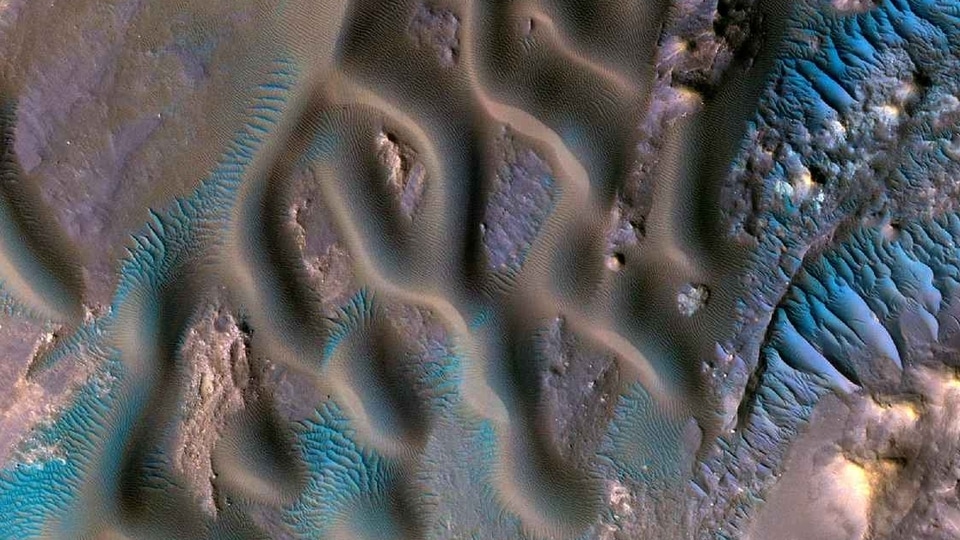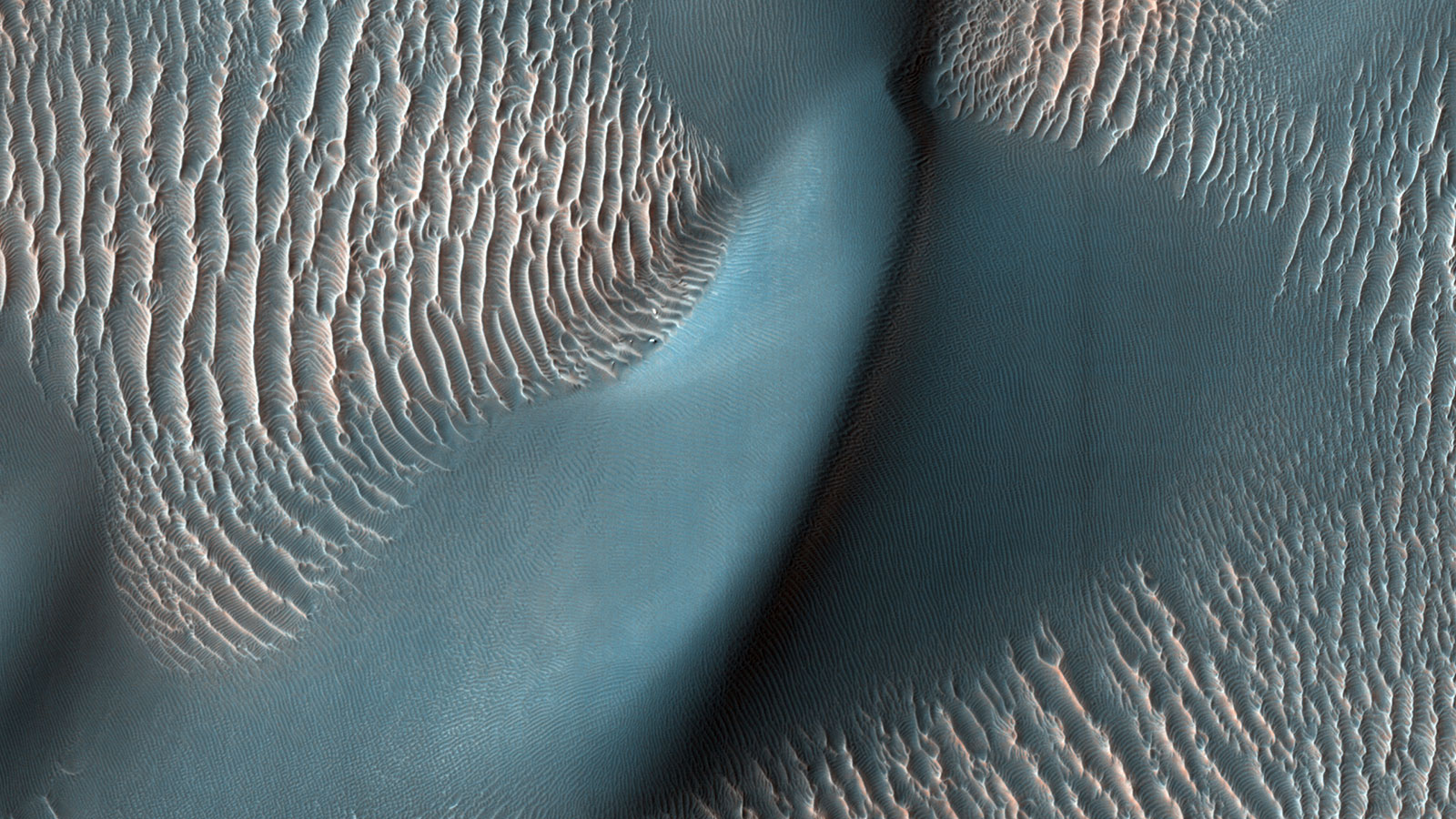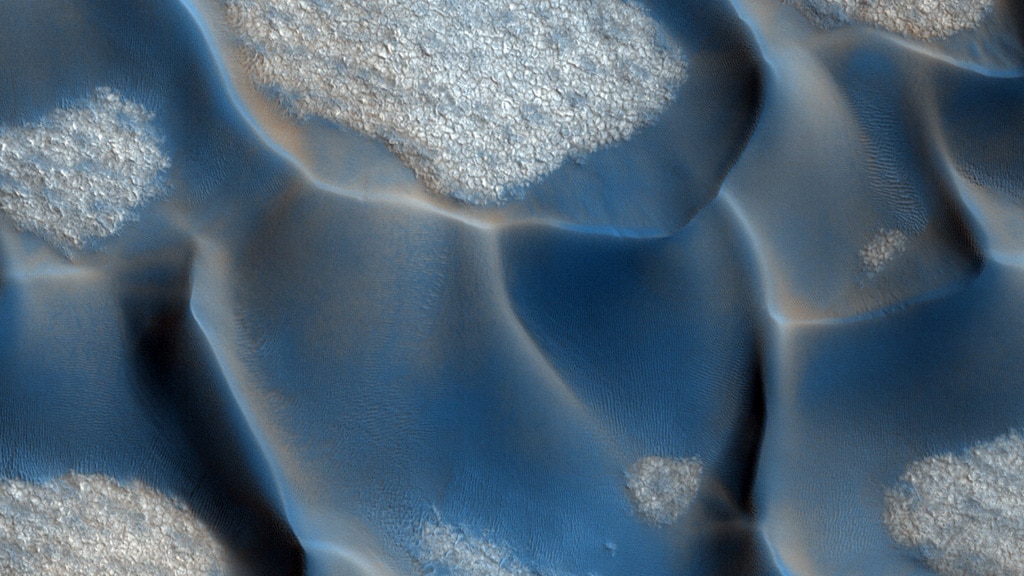NASA Perseverance Mars Rover makes a shocking discovery! Finds evidence of Water
The NASA Perseverance Mars Rover has found important evidence that can reveal when water was present on the red planet.






 View all Images
View all ImagesThe NASA Perseverance Mars Rover was sent on the red planet to discover signs of life, but it might just have achieved something even more important. The Mars rover recently found volcanic igneous rocks which can be the key to untangling the martian timeline. Scientists can understand when exactly Mars had water and was habitable and in turn figure out what might have caused it to be the dead planet it is today.
The rover is roaming around the Jezero crater, where it first landed. And while exploring and collecting samples, the rover has come across an igneous rock. Igneous rocks are interesting because they formed through the cooling and solidification of magma or lava. This hints at volcanic eruptions in this region of Mars. But why is this such a big deal?
Geological activities like volcanic eruptions require tectonic plate movement, however, Mars does not have tectonic plates and there is no strong evidence that it ever did. “It's safe to say that the rocks were tilted after they were deposited by some phenomenon yet to be determined," Ken Farley, a professor of geochemistry at California Institute of Technology told Space. com. Volcanic rocks can help NASA determine when exactly water existed on Mars The discovery was a complete surprise as the Mars rover was looking for sedimentary rocks to find any signs of ancient life present in it. But the volcanic rocks have opened an entirely different possibility for the red planet.
“We were very excited to find igneous rocks. Most of us had expected to be studying rocks deposited by the lake, and it took us quite a while to come to terms with the fact that the rocks on the crater floor are igneous,” Farley said.
The origin of igneous rocks remains a mystery on the planet and subsequent explorations will now be conducted to better understand where they came from.
Catch all the Latest Tech News, Mobile News, Laptop News, Gaming news, Wearables News , How To News, also keep up with us on Whatsapp channel,Twitter, Facebook, Google News, and Instagram. For our latest videos, subscribe to our YouTube channel.




























